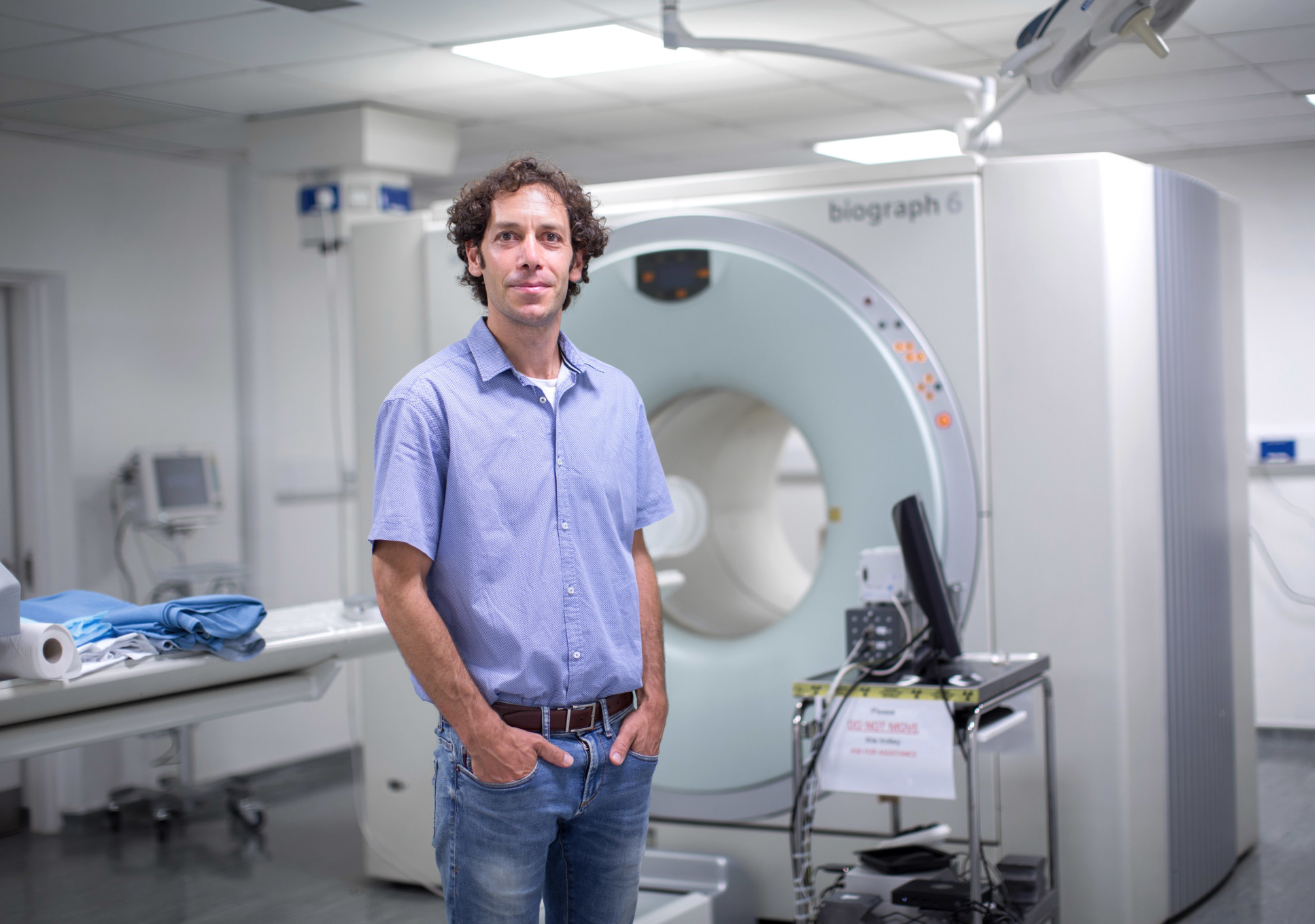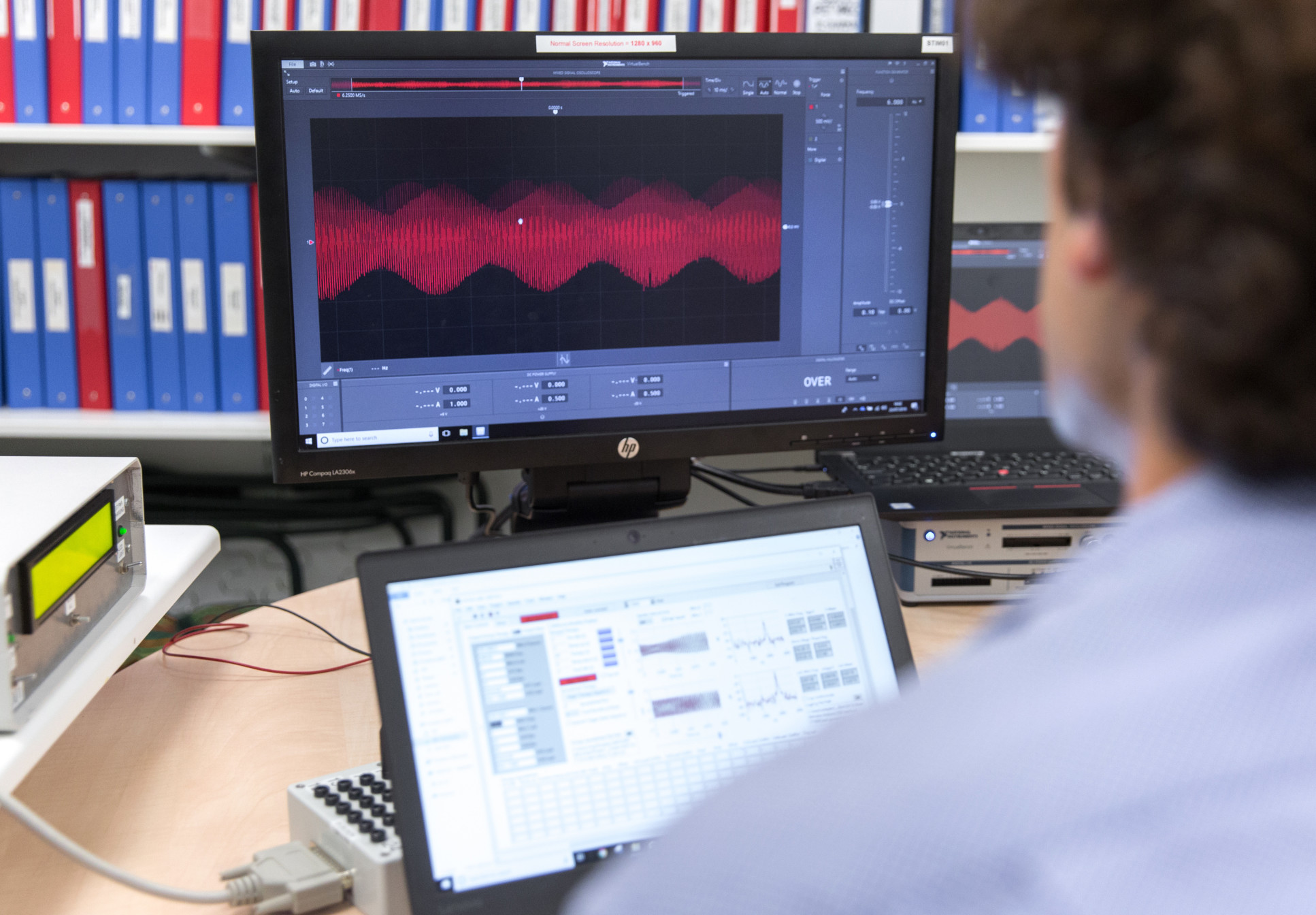

UK researchers have used electrical pulses to help suppress the tremors typically found in conditions such as Parkinson’s disease.
Tremors are a common feature in a range of neurological conditions. They can be severely disabling, causing involuntary shakes affecting the hands, head, legs or other body parts.
The movements are thought to be the result of rogue brain waves – or aberrant oscillations – in regions associated with motor functions. But their underlying cause is still largely unknown, making it difficult to treat symptoms with drugs.
In severe cases, brain surgery may be an option, but this is invasive, not widely available and carries risks.
But a team led by researchers at the UK Dementia Research Institute has discovered a way of suppressing the brain waves underpinning tremors, without the need for invasive techniques.

In a small study, the researchers developed a way of calculating and tracking the phase of these rogue brainwaves in real time – showing the synchronised peaks and troughs of activity as they ripple through the brain.
They then used a non-invasive form of electrical stimulation to target the cerebellum – the region at the back the brain which coordinates movement.
They found that by synchronising the brain stimulation with specific phases of these aberrant oscillations, they were able to reduce tremors in people with Essential Tremor Syndrome (ETS), the most common neurological disorder to cause such tremors.
Eleven people with ETS were given the treatment by applying electrodes to the scalp, arranged to maximise the electric fields in the cerebellum. The electric fields were adjusted in real time to maintain a fixed phase corresponding to the ongoing tremor movement, called ‘phase-locking’.
Reducing tremor
The team found the reduction of symptoms lasted during stimulation and for a short period afterwards. The reduction in the tremor amplitude (or severity) was associated with a disruption of the regularity of the movement, meaning the more the brain stimulation made the tremor irregular, the more it reduced its amplitude.
The team hopes that this discovery will pave the way for possible long-term treatment of tremors and other symptoms in people with other brain conditions that involves aberrant synchronous oscillations.

Dr Nir Grossman from the Department of Brain Sciences at Imperial College London, said: “Tremor symptoms can be upsetting and get in the way of doing basic, everyday things that most of us take for granted. In the worst cases, they can be severely debilitating.
“Tremors are caused by abnormal synchronisation in the motor areas of the brain but the biological processes underlying them are still not well understood. By targeting the temporal pattern of the brain’s abnormal synchronisation, we may be able to treat it, non-invasively, despite the limited knowledge of the precise causes.
“Our work presents an early-stage feasibility study of this approach. We hope to continue to develop it into a widely available treatment for tremors, as well as other symptoms that are underpinned by abnormal synchronisation in the brain.”
The full findings are published in the journal Nature Communications.
This article is based on materials from the UK Dementia Research Institute
Article text (excluding photos or graphics) © Imperial College London.
Photos and graphics subject to third party copyright used with permission or © Imperial College London.
Reporter
Ryan O'Hare
Communications Division

Contact details
Tel: +44 (0)20 7594 2410
Email: r.ohare@imperial.ac.uk
Show all stories by this author





Leave a comment
Your comment may be published, displaying your name as you provide it, unless you request otherwise. Your contact details will never be published.